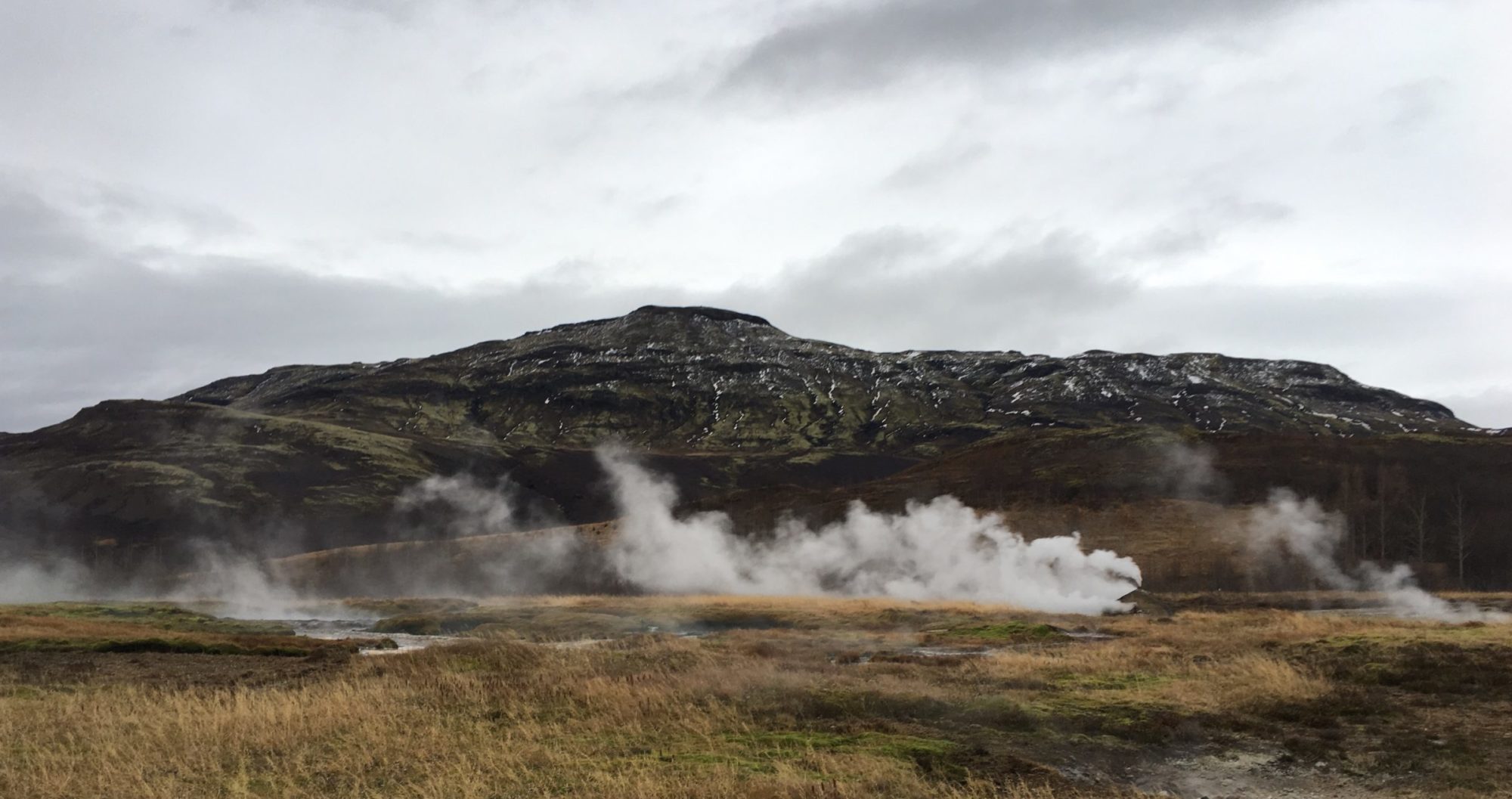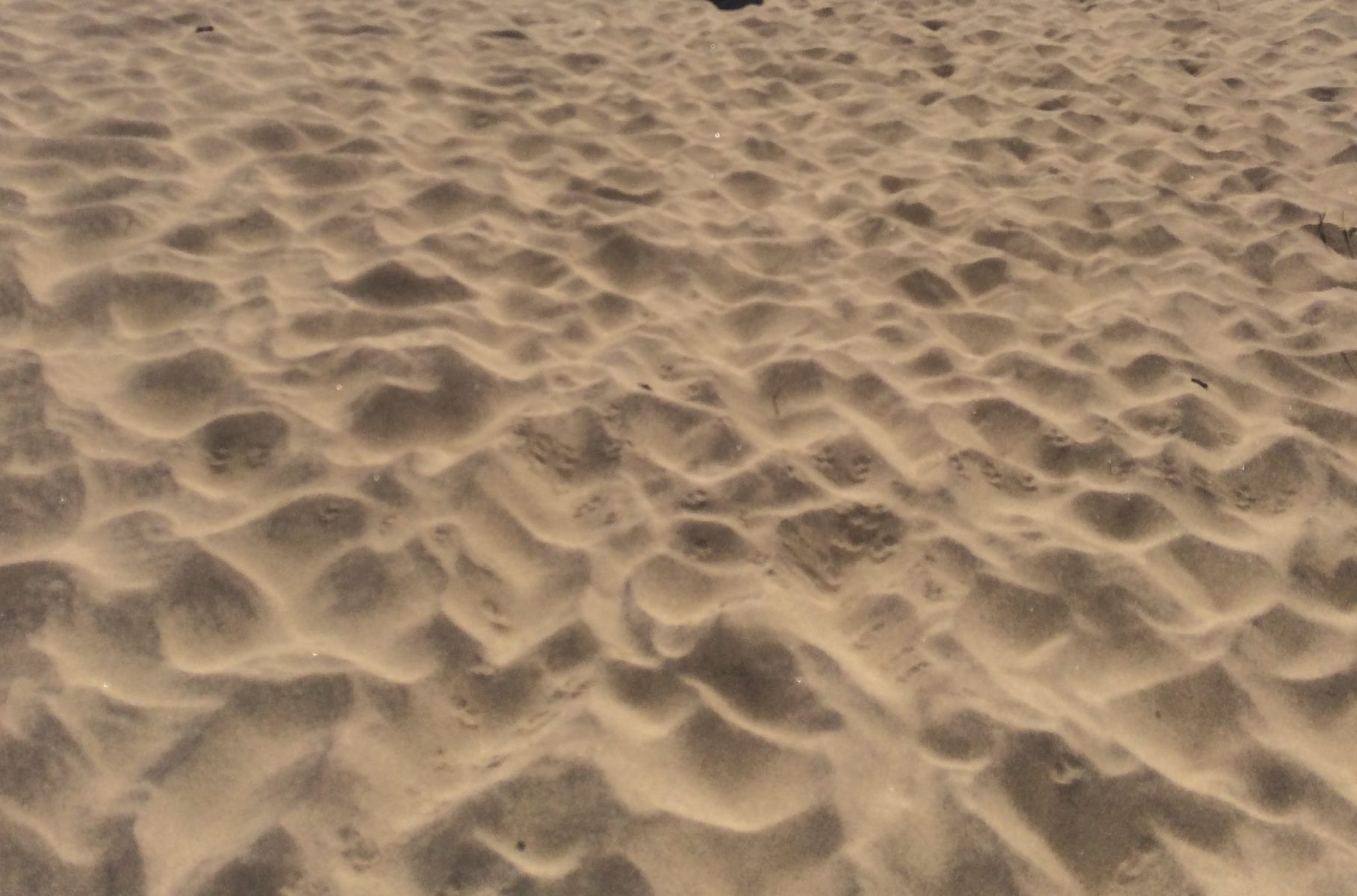This chapter describes the keys to surviving in intense heat as well as the origins of Homo sapiens.
Body Heat Limits
The normal limits of the core temperature are between 36 to 38 degrees Celsius. Hypothermia is defined as a core temperature below 35 degrees Celsius whereas hyperthermia is defined as above 40 degrees Celsius. The most important temperature is that of the brain since it is critical for survival. The body’s thermostat is located in the hypothalamus. Humans are homeotherms and maintain a stable body temperature regardless of the external temperature.
Heat is a by-product of life, as is evident from the rapid cooling of the body after death.
Human Adaptations to Heat
Humans must reduce heat production and increase heat loss to survive in the hot zone. In dry heat, sweating will cool down the body to a temperature cooler than that of the air. Extremely high temperatures cause a problem for the lining of the lungs and can overcome the skin’s cooling system. In the hot zone, food intake and manual work will reduce to limit the generation of heat. Humans will also regulate their clothing, cooling in homes, and external exposure. There is also vasodilation to shut warm blood closer to the surface of the skin to increase heat loss. Heat is lost from the skin by radiation, conduction, convection, and evaporation of sweat. Real life example: a quick dip in the pool will leave water droplets on the skin and help someone cool down. In humid heat, sweat will drip off the skin as liquid, not be evaporated, and not provide a cooling sensation. In this case, sweating will only cause dehydration. With fevers, this is the body’s adaptation to naturally fight off a pathogen.
Natives to the Heat
Indigenous people of deserts will wear loose clothing to completely cover the body while allowing for circulating air to evaporate sweat. Fur can also be worn to keep heat out via an insulation layer. Acclimatization to the heat can include an increase in the amount of sweat produced as well as a reduction in the amount of salt concentrated in the sweat. Native individuals are usually tall and slender with longer limbs since a smaller body size allows for more heat loss.
Origins of Homo sapiens
It is believed that Homo sapiens originated in the hot plains of Africa. We are relatively hairless and also have a large number of sweat glands which allows for substantial heat loss in dry hot air. Further, early hominids had long limbs and greater height which provided greater surface area for sweat production.
Dangers of Heat
The risk of a heatstroke is drastically increased in hot and humid environments. Water is the limiting factor for survival in the heat. Severe dehydration can cause fatigue, dizziness, physical and mental deterioration, and eventual death. With increased sweating, there is also a risk of salt depletion which can lead to muscle cramps, fatigue, headaches, and nausea.

